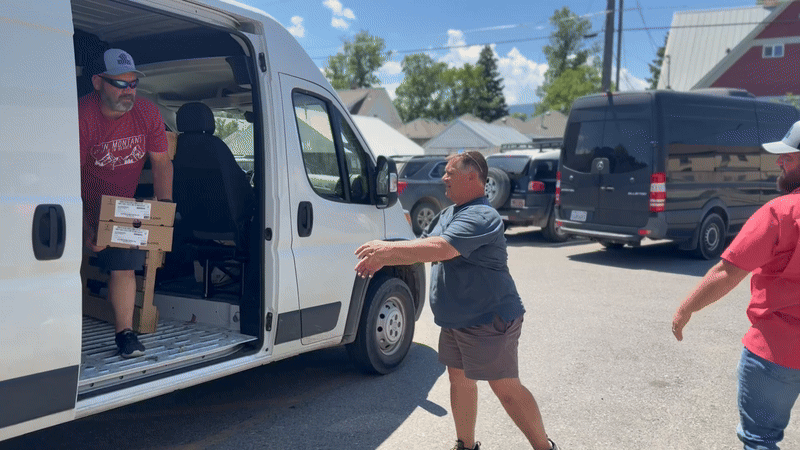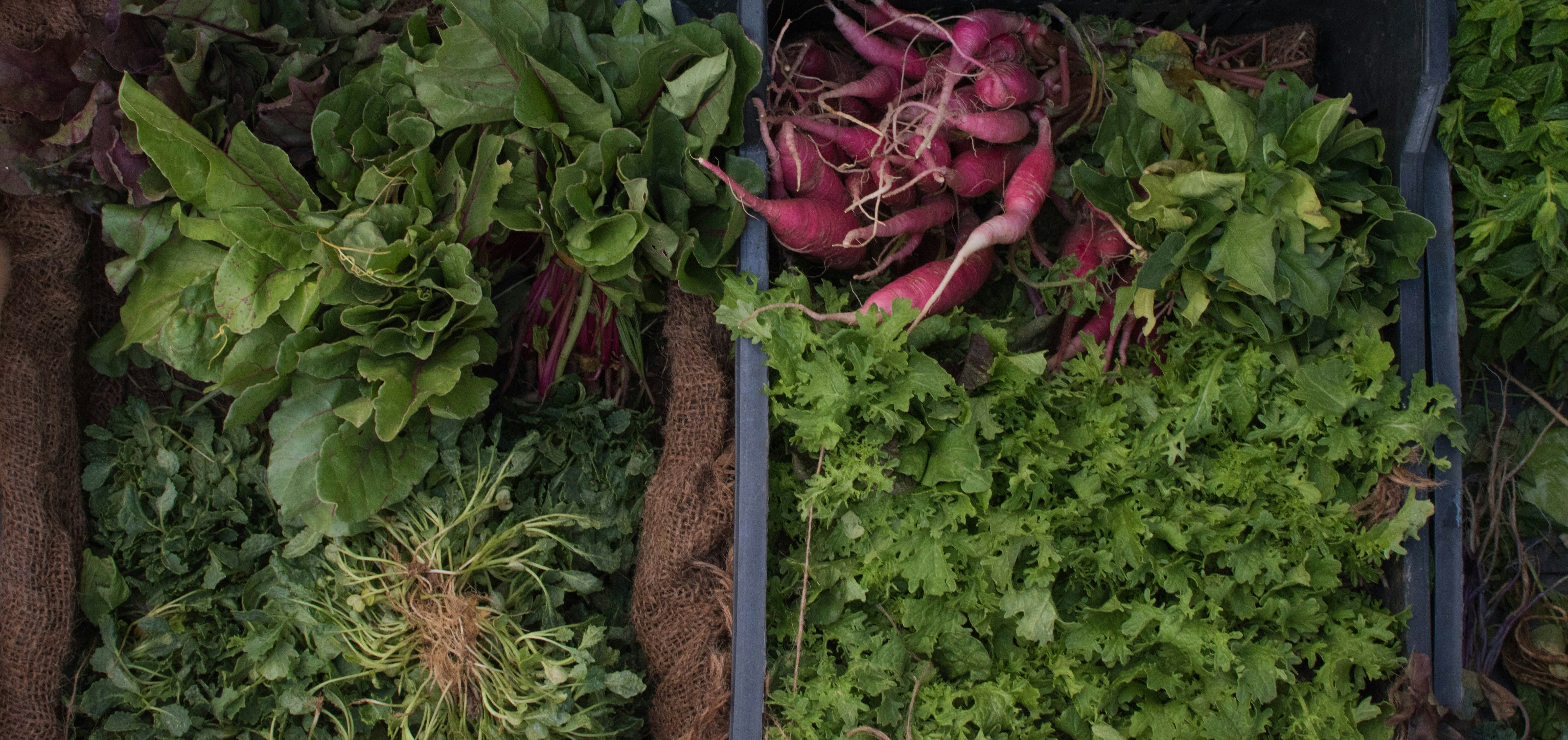
Thursday, June 26th, while helping in the food pantry, I answered the office phone—not expecting it to change the course of my next few workdays.
On the line was Whistler Towing, with an unusual offer: a semi-truck full of produce—around 40,000 pounds—had overturned the day before. The trucking company had agreed to donate the contents, and Whistler had already taken the step of contacting the county sanitarian, who confirmed the produce was safe. Now, it was up to us to figure out what to do.
My mind was racing. I hung up the phone and immediately went to work.
The Networking
This was a time-sensitive situation. Although the truck had been kept refrigerated after the accident, produce doesn’t wait. I started big, calling the Montana Food Bank Network for guidance or assistance. Unfortunately, timing wasn’t on our side—they couldn’t help.
Next, I reached out to every major food bank within driving distance. Interest was high, but transportation was a major roadblock. While some organizations could take up to ten pallets, they could only haul two or four at a time. The logistics were unraveling, and we simply didn’t have the capacity to manage or distribute 40,000 pounds of produce on our own.
The Plan
Eventually, I had to accept that we couldn’t save it all. So I shifted my focus to saving what we could.
The plan? Meet the truck at the city landfill and grab as much as possible as it came off—before it hit the garbage pile.
The Rescue
Armed with seven volunteers from Expedition Church, an empty sprinter van, and sheer determination, we headed to the dump. As the truck began offloading, we worked quickly, sorting out fresh, undamaged produce from the pile. Among the bounty: asparagus, broccoli, cauliflower, snap peas, green onions, green beans, and brussels sprouts, all destined for the landfill just hours earlier.
In the end, we rescued more than 3,000 pounds of fresh food—food that’s now feeding families through our pantry.

